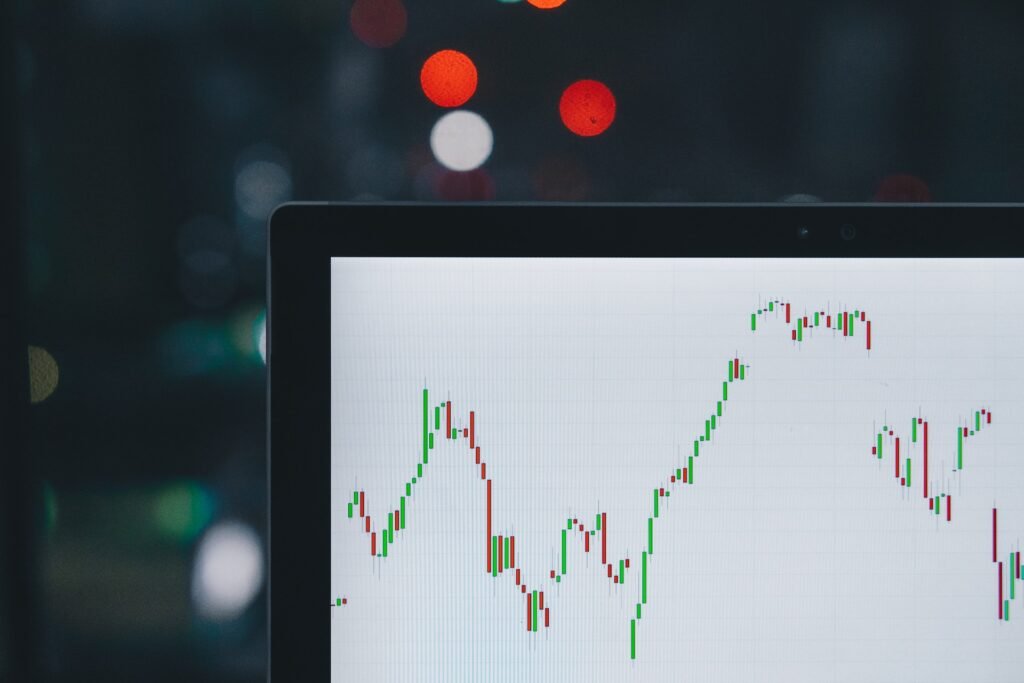When investors want to buy or sell securities, they have various types of orders to choose from based on their goals. There are three fundamental types of orders: market orders, limit orders, and stop-loss orders. Each type serves a specific purpose and helps investors execute transactions in line with their expectations and objectives. Let’s explore these order types to better understand how they work in the world of investing.
Market Order:
A market order is a directive to buy or sell a stock at the most favorable price obtainable when the investor initiates the order. This type of order is known for its rapid execution, as market orders are typically processed promptly upon reaching the exchange floor or upon receipt by the market maker. The swift execution ensures that the buyer or seller can be confident that the transaction price closely aligns with the prevailing market price at the moment the order was placed.
Limit Order:
A limit order is when you tell your broker to buy a stock at a price that’s equal to or lower than a specific amount (this is called a limit buy order) or to sell a stock at a price that’s equal to or higher than a certain amount (known as a limit sell order). Once you’ve placed a limit order, your broker sends it to a market maker who handles that particular stock. The market maker keeps track of the number of shares and the price you set in their records. They carry out the order as soon as the stock’s price reaches the limit you specified or even better.
But here’s the catch: the market maker has to take care of other orders first—ones that came in earlier or those with higher buying prices or lower selling prices. There are a few ways you can set up a limit order:
- Fill-or-Kill Order: If the order isn’t completed right away, it gets canceled.
- Day Order: If it doesn’t go through by the end of the day, it automatically gets canceled.
- Good-’til-Canceled (GTC) Order: This type stays active for 30 to 90 days unless it’s carried out, canceled, or you decide to keep it going.
Example "A":
You decide to put in a limit order to buy 100 shares of a stock at a price of $25, even though the stock is currently being sold at $27. The specialist in charge processes all the other similar orders that came in before yours. Once the market price of the stock reaches $25 or goes even lower, your order gets executed.
However, there’s a chance that your order might run out of time and expire before the stock price actually drops to $25.
Drawbacks of Using Limit Orders:
While limit orders can be a useful tool, they also come with potential drawbacks that may hinder your ability to make timely transactions. For example, if you set a limit order to buy at $25 or less and the stock price surges from its current $27 to $31 while you wait, you miss out on a profit of $4 per share. Opting for a market order at the best available price of $27 would have secured that profit for you.
Limit orders for selling stocks also pose challenges. They can be disadvantageous if the stock price nearly reaches but doesn’t quite hit the minimum sale price limit before experiencing a substantial drop. In essence, limit orders tend to shine when stock prices exhibit significant fluctuations, as this scenario increases the likelihood of order execution.
Stop-Loss Order:
When an investor uses a stop-loss order, they’re essentially telling their broker to sell a stock if its market price hits or falls below a certain level. Stop-loss orders act like standby instructions for stocks, only coming into action when the stock hits a specific price. These orders are kept on the market maker’s list and get activated when the stock reaches the designated stop price. Similar to limit orders, stop-loss orders are usually considered either as day orders or good-’til-canceled (GTC) orders. Once triggered, the stop order turns into a market order, aiming to sell the security at the best available price. This means the actual sale price could end up much lower than the initial stop price. Investors use these orders to defend themselves against the negative impact of a sudden drop in share prices.
Example "B":
Let’s say you own 1000 shares of a company, and the current selling price is $50 per share. Due to concerns about a potential rapid decline in the stock price, you decide to set a stop order to sell at $45. If the stock price indeed falls to $45, the market maker will sell your 1000 shares at the best available price at that moment. However, if the market price drops further to $43 when your stop-loss order is activated, you’ll receive less than $45 per share.
On the flip side, if the market price remains above $45 per share, your stop order won’t be triggered, and you won’t incur any losses. It’s common for investors to adjust the stop level as the stock price goes up. This approach aims to secure a higher profit when the stock price is on the rise.
Managing Risks and Seizing Opportunities with Stop and Stop-Limit Orders:
Investors also have the option to set stop orders for buying stocks, although buy orders are not as common as sell orders. For example, you might decide to place a stop order to buy 100 shares of a company, currently priced at $50 per share, once its value rises to, let’s say, $55 (the stop price). These buy orders are often used to either limit losses on short sales or to purchase a stock just as its price begins to ascend.
To mitigate the risk of the market moving unfavorably when your stop order turns into a market order, you can opt for a stop-limit order instead of a regular stop order. This type of order involves buying or selling stock at a specified or better price once a predetermined stop price is met. In example “B”, if a stop-limit order had been in place and the market price dropped to $45, the broker would have initiated a limit order to sell your 1000 shares at $45 per share or a better price. This way, you would not be exposed to the risk of receiving less than $45 per share for your stock—unless the stock price continued to decline. However, in such a scenario, similar to any limit order, there’s a possibility of missing the market entirely, and you could end up with stock worth much less than $45. Even if the stop order to sell was triggered at $45, the stock would not be sold with a stop-limit order if it continued to fall in price.
Author
Hi, I’m Amine! My mission is to make finance accessible and fun for everyone. I love breaking down things that seem difficult into simple, easy, and useful tips that help you make good decisions. My aim is to ensure your experience on our blog is informative and fun.
View all posts



